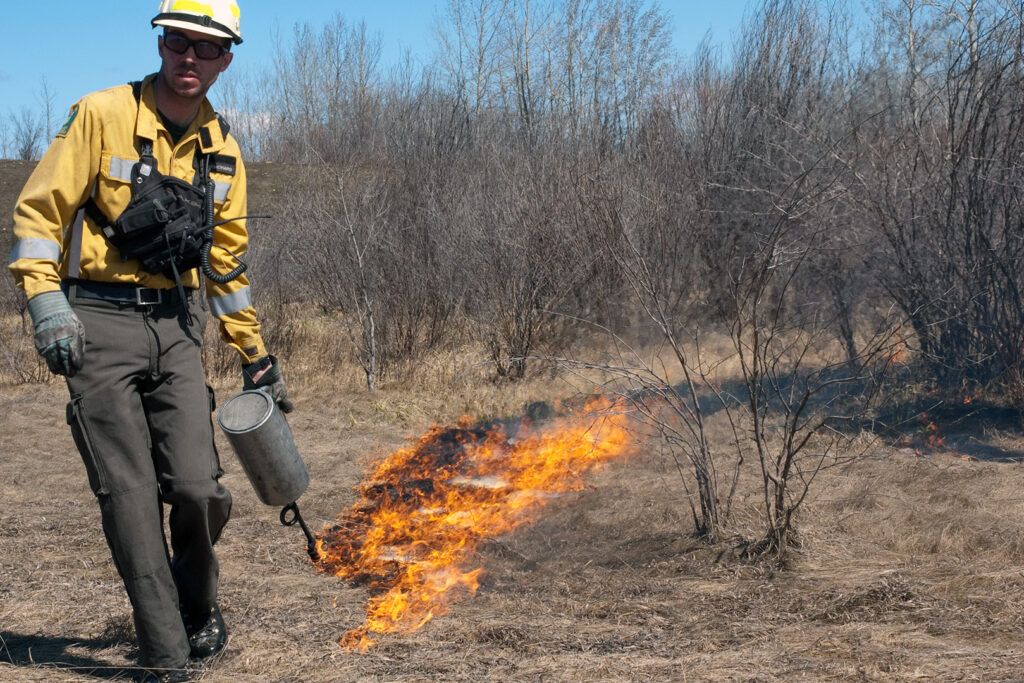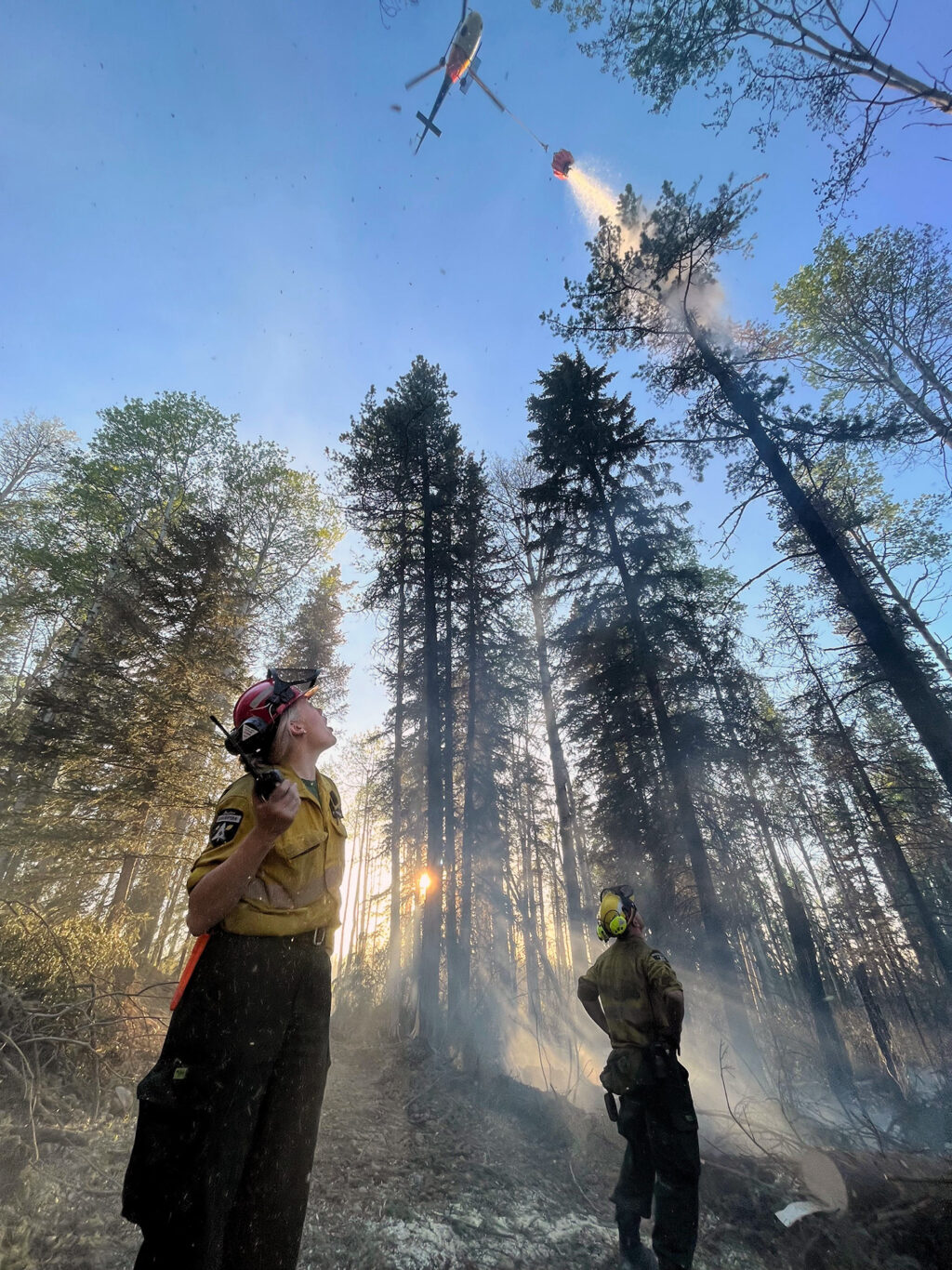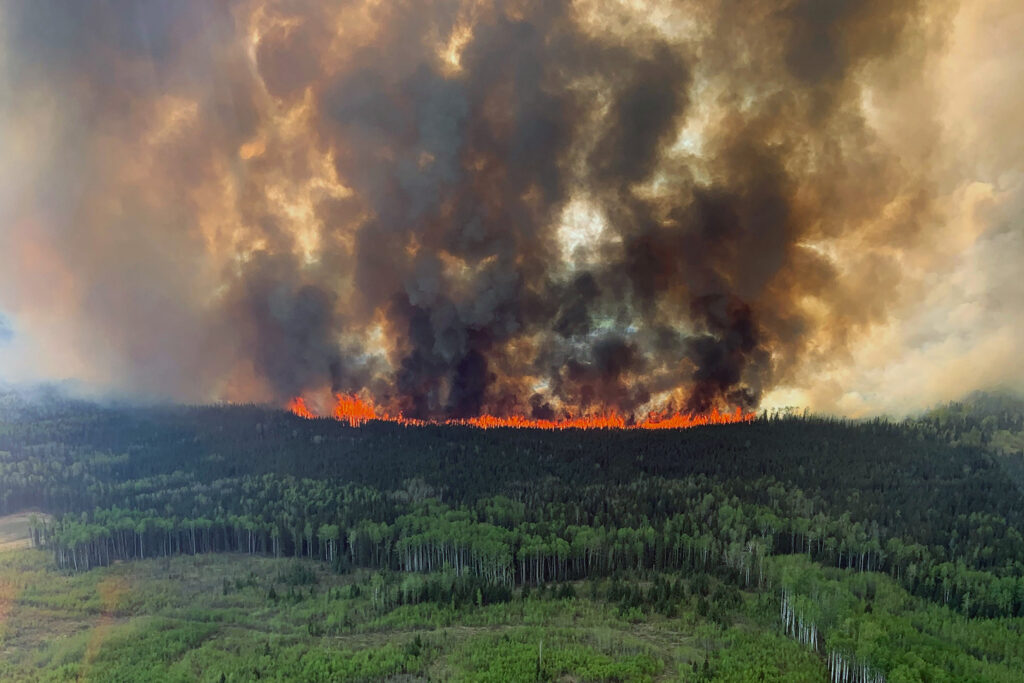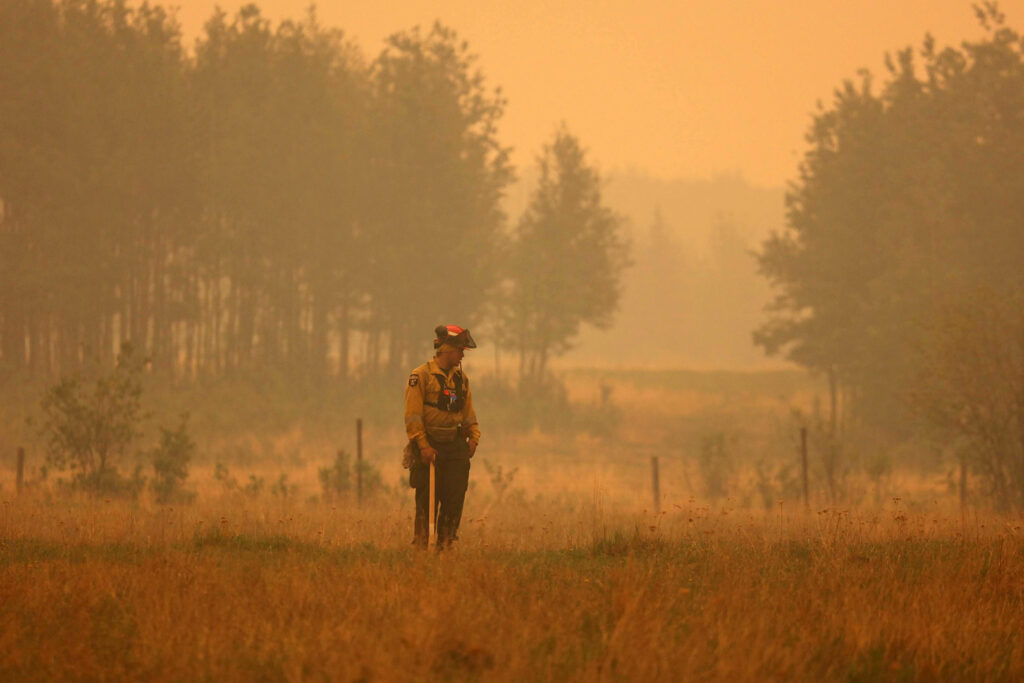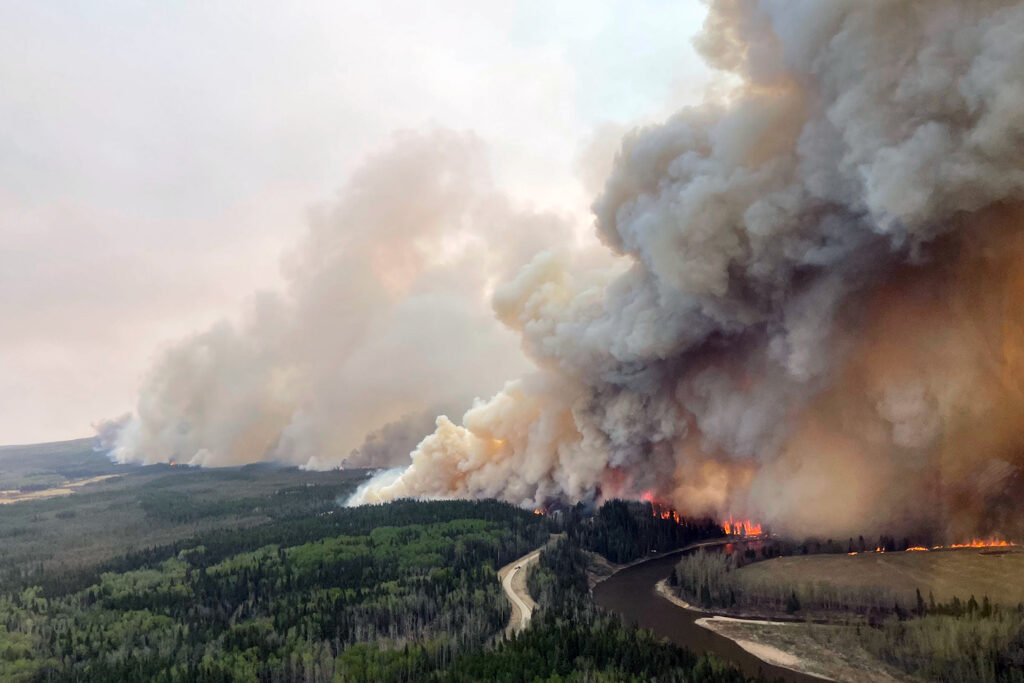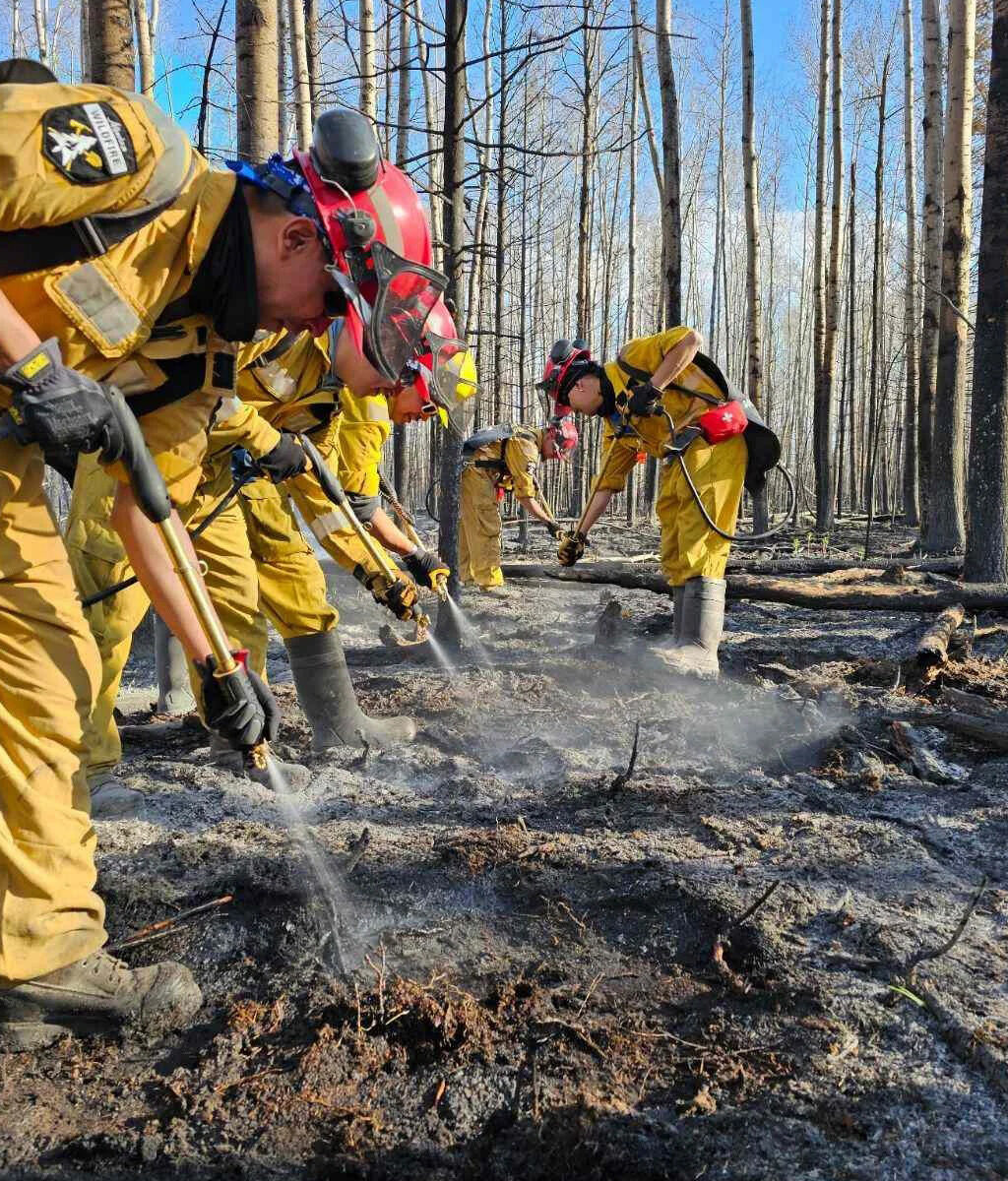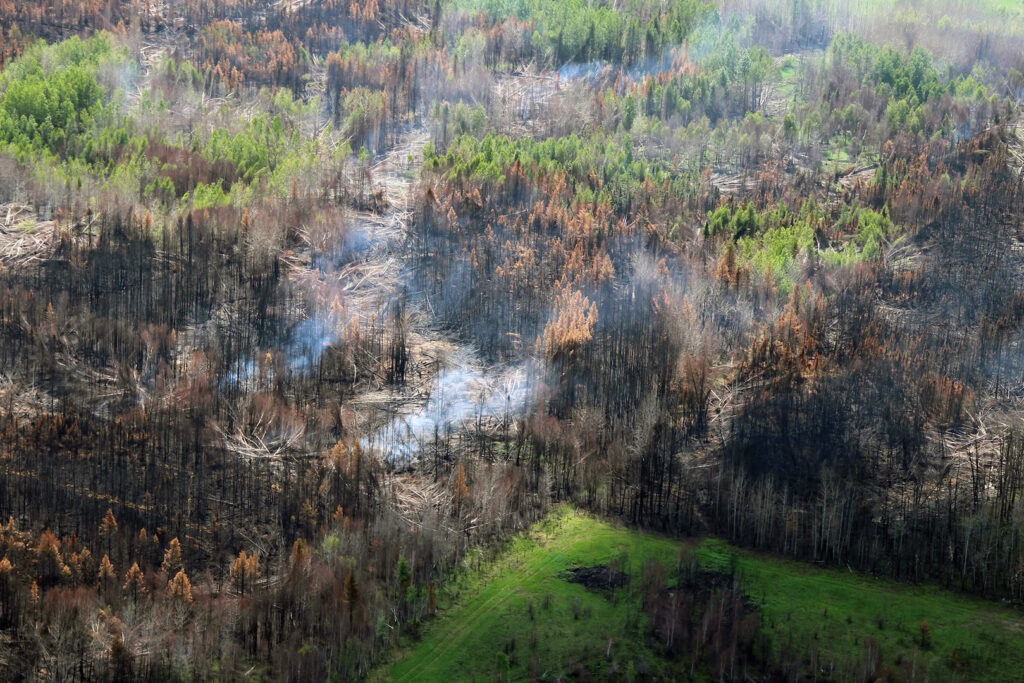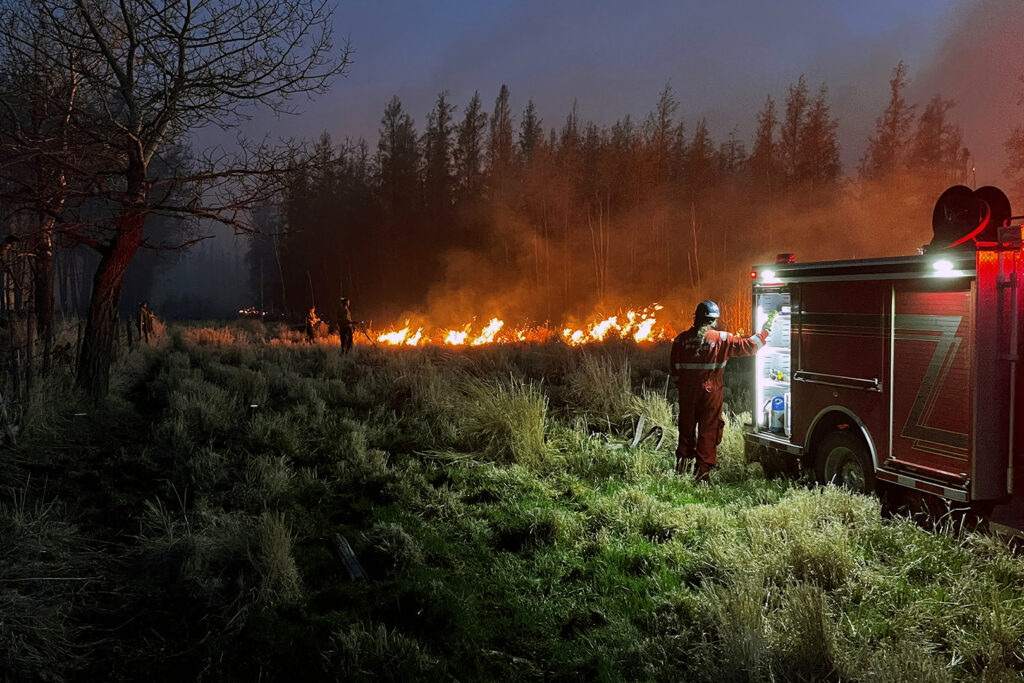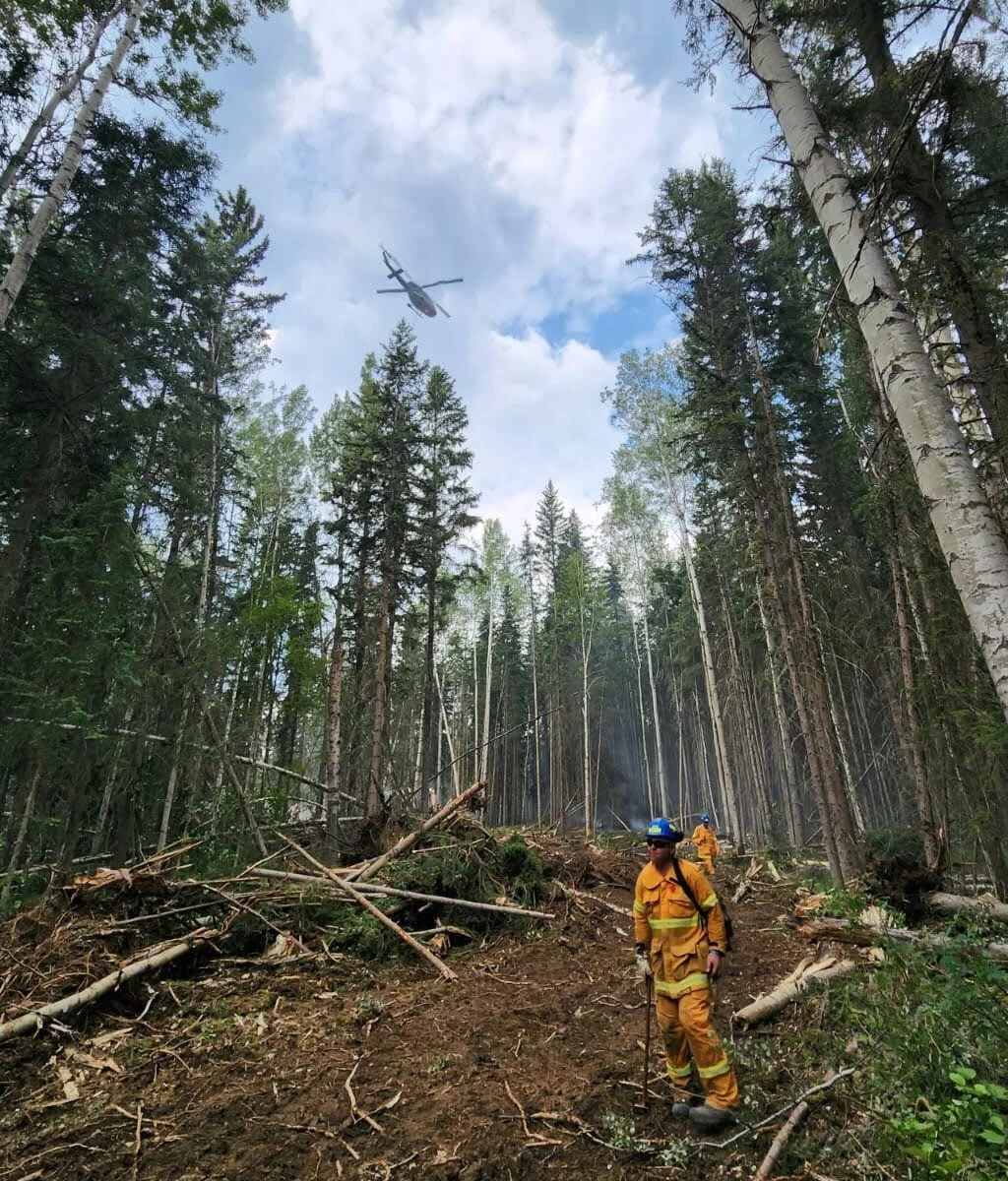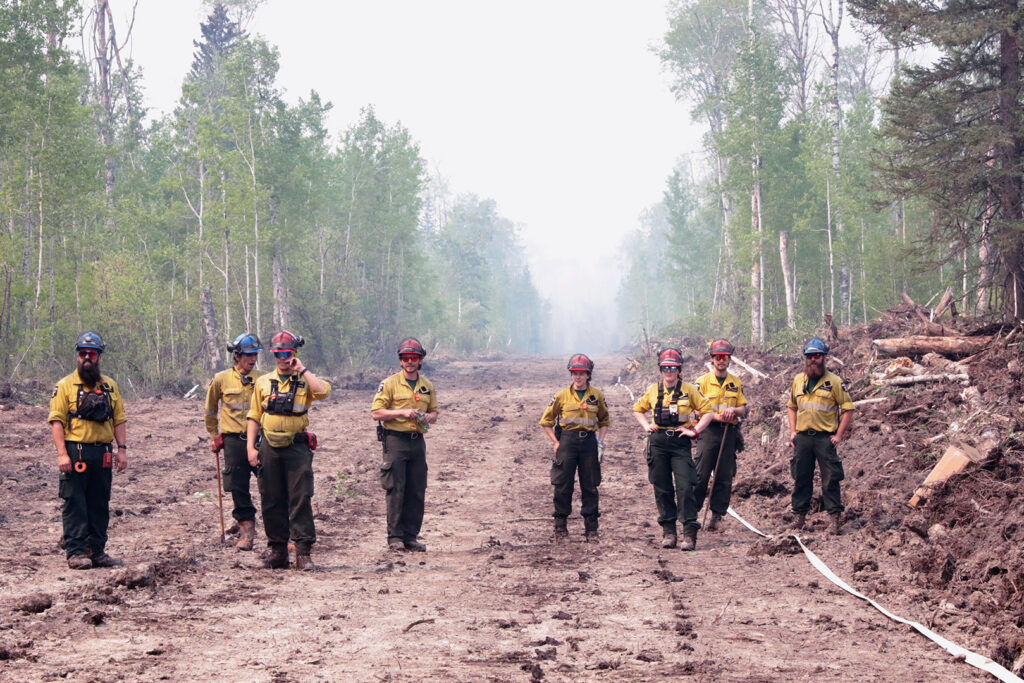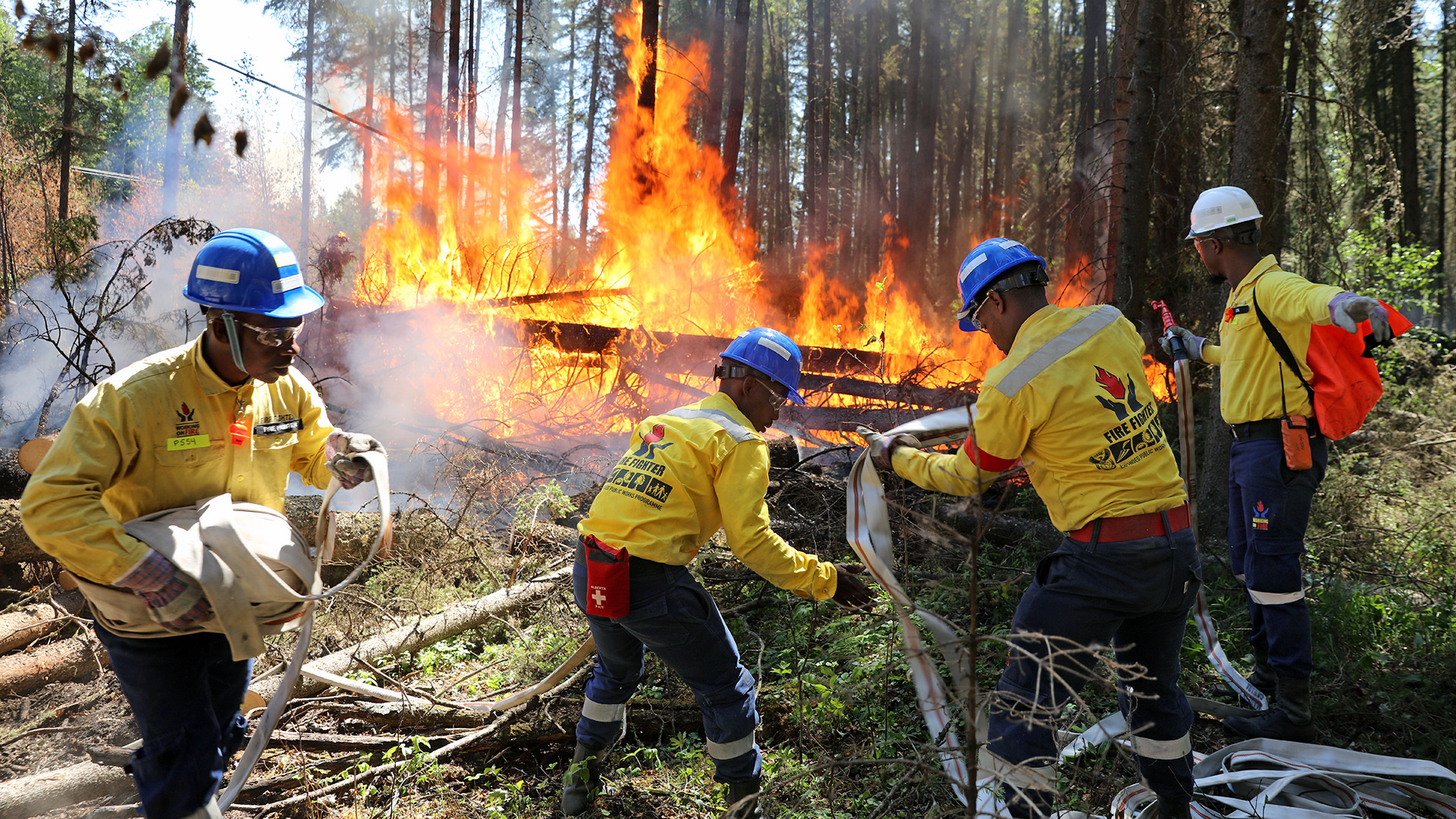
Fighting Canada’s record wildfires with a combination of AI and intuition
As a longtime wildfire manager in Alberta, Canada, Ed Trenchard is used to making tough decisions during volatile emergencies. But he has had to make many this year during the country’s worst wildfire season on record, with blazes forcing thousands of people to flee their homes and burning an unprecedented 17 million hectares (42 million acres), according to the Canadian Interagency Forest Fire Centre.
One of Trenchard’s main duties in Alberta is deciding where to position fire crews, helicopters and other resources the day before a wildfire is predicted to start. The task is like moving chess pieces in a high-stakes battle against an opponent who may be more aggressive than expected or not show up at all. He and his fellow duty officers make their decisions daily based on fire danger ratings, coverage requirements and intuition.
“From an emergency response perspective, we rely on duty officers to make a decision. Right or wrong, make a decision,” said Trenchard, a wildfire management specialist and a regional and provincial duty officer for Alberta Wildfire, the province’s forest firefighting agency. “It can be a lot of pressure on a person.”
But in 2022, Alberta Wildfire started using an AI-powered tool to help duty officers make decisions and use resources more strategically. Built by AltaML, a developer of AI solutions in Edmonton, Alberta, the tool leverages machine learning to analyze tens of thousands of data points to predict the next day’s likelihood of new fires by region.
For daily fire planning, Trenchard said duty officers have traditionally used a decades-old Canadian system that rates fire danger and occurrence, or the predicted risk and severity of wildfires based on weather, forest conditions and other environmental factors. They also incorporate intuition based on years of experience and their local knowledge, like how close a predicted fire is to homes or if it’s a holiday weekend busy with campfires.
Challenges arise when the fire danger is moderate and officers need to make a judgment call. This can be a difficult task for less experienced managers and one that has become increasingly critical with the rise in extreme wildfires devastating regions worldwide.
To ensure they’re prepared, many duty officers overestimate the resources they’ll need, such as hiring a standby helicopter crew for a fire risk that didn’t materialize, Trenchard said. He added that these kinds of decisions have led to higher costs in unused resources and strained the limited number of available helicopters for fires that do break out. But being unprepared when disaster strikes is worse.
“It’s a weird dichotomy we are in as emergency responders. But this year, we ran out of helicopters. We required more resources than were available from helicopters to bulldozers to firefighters,” said Trenchard, explaining that decisions on whether and when to hire expensive helicopters became even more crucial with this year’s severe fires.
That’s where the AI tool can help. Powered by Microsoft Azure Machine Learning, an Azure AI service, AltaML’s wildfire occurrence prediction system can analyze granular data sources to give duty officers more specific insights about the regions they cover. Trained on a massive amount of historical fire data, the tool makes predictions based on regional weather and forest conditions. It also integrates data on global carbon emissions and the day of the week to learn correlations between wildfires, climate change and human behaviour.
AltaML has continuously improved the model to accurately predict the likelihood of a new wildfire 80% of the time. Trenchard said the improvements have increased duty officers’ trust in the tool since implementing it last year.
“It typically supports what experienced duty officers are thinking and enables more inexperienced duty officers to gain that knowledge without taking years to get there,” he said, with an eye on looming retirements of longtime managers. “It provides people more confidence in the decisions they’re making.”
An easy-to-use dashboard shows the probability of morning and afternoon fires to help duty officers optimize shift schedules. A proof of concept completed by AltaML found that the model can help Alberta Wildfire optimize resources and save CA$2 million to CA$5 million in annual operating costs, according to AltaML. The estimate comes from the model analyzing historical data and correctly predicting no fire on days when duty officers had hired standby aircraft or heavy equipment that wasn’t used.
Trenchard said the agency’s goal for better cost efficiency is balanced with a fire’s severity and proximity to homes. His vision for the tool is modeling when and where a fire will start with more precision, its growth over the next 10 days and the impact on nearby communities.
“I think we’re on the right path with AI to answer questions about having resources in the right place at the right time to respond to fires,” he said. “I don’t think we’re there yet.” Work on the tool stems from GovLab.ai, an innovation hub formed by AltaML, the government of Alberta and Mitacs, a nonprofit research organization, to help public sectors solve societal problems with AI. In addition to the wildfire tool, the lab is working on AI models that can analyze enrollment trends for projected schools and satellite images for harmful beetle infestations in forests.
“New advances in applied artificial intelligence are helping businesses and governments make better decisions and deliver better services,” said Nate Glubish, Alberta Minister of Technology and Innovation.
“I created GovLab.ai in partnership with AltaML to accelerate our adoption of AI as a problem-solving tool. Our wildfire prediction model is just one exciting example of how Alberta is working to become the most innovative jurisdiction in Canada.”
Microsoft is the hub’s main technology provider, with engineers collaborating on technical processes. The role is part of a larger goal to mitigate wildfire devastation with AI, including a framework developed by Microsoft’s AI for Good Lab on how AI can be used to predict wildfire risk. The lab is also working with organizations to detect, predict and suppress wildfires with AI solutions and recently ran its damage assessment AI models on satellite images of wildfire damage in Hawaii to help relief groups.
For Graham Erickson, senior lead machine learning developer at AltaML, Alberta’s predictive tool highlights the power of AI and public-private partnerships. Alberta Wildfire’s trove of historic data spans decades with details on size, cause, location, start time, duration, weather conditions, staffing, suppression equipment and area burned for every wildfire in the province.
Trenchard said the public agency lacks the resources to make sense of it. But AltaML can bring the agility of a private company and transform the data into tools that help duty officers better understand Alberta’s protected forests, an enormous, 39-million-hectare swath of land larger than Germany. The technology can help encode the expertise of experienced wildlife managers.
“Machine learning lets us be more personalized to a specific region or patterns,” Erickson said. “That adaptability is a game changer for complex problems.”
Erickson also relishes the chance to do meaningful work in his home province, where fires have burned a record 2 million hectares (5 million acres) and required the help of nearly 4,000 international firefighters, according to Alberta Wildfire. The fires have also threatened oil and gas production and disrupted the lives of thousands of people.
“The wildfire tragedies this year have been horrendous in Hawaii and Canada,” he said. “This is a meaningful world to work in and when I see my work gets to be used in responding to natural disasters, it’s very rewarding.”
Top image: South African firefighters, among nearly 4,000 international firefighters who have assisted Alberta this year, respond to a wildfire flare-up in the Edson Forest Area in central Alberta on June 7, 2023. Photo by Government of Alberta.

